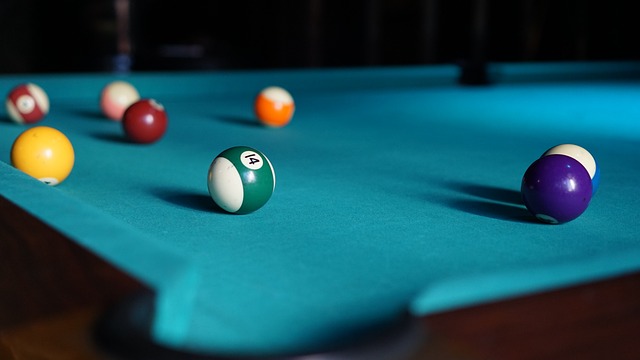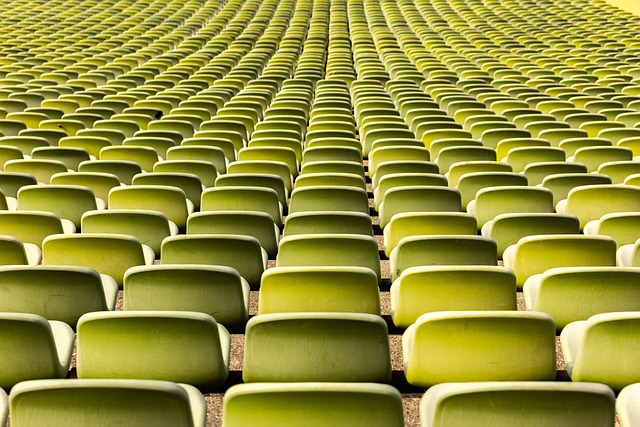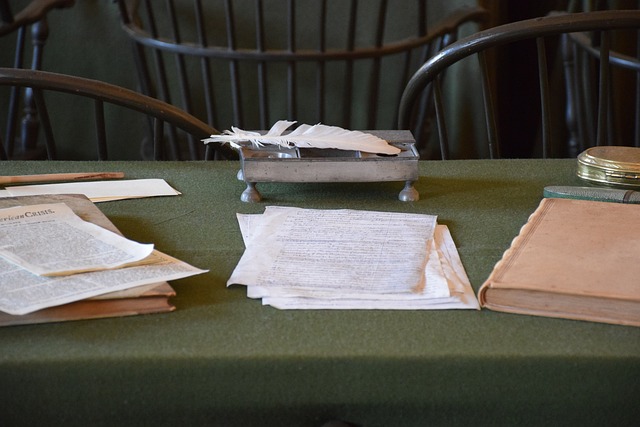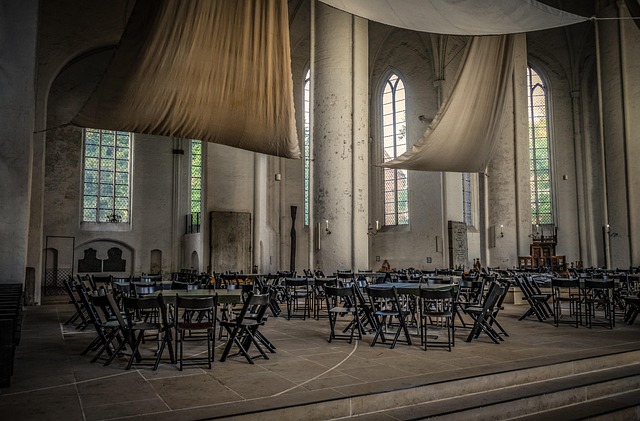Understanding the intricate structure of a pool table is crucial for successful assembly and optimal gameplay. The key components include the wooden tabletop, supporting legs, encircling rails with pockets for balls, a rubber cushion for traction, 15 object balls, and a cue ball. When disassembling or reassembling, meticulous attention must be given to each part, from the tabletop foundation to slats, cushion installation, and integrating balls and cues. Material selection is critical; solid woods like American Maple and Oak offer superior strength and aesthetics but are more expensive, while MDF or plywood are budget-friendly but require higher maintenance. Proper alignment ensures a seamless assembly process for a high-quality, durable pool table that meets both functional and visual expectations.
Unleash your inner pool shark by mastering the art of pool table assembly! This comprehensive guide breaks down the process into manageable steps, from understanding crucial components like table top, legs, slats, cushion, balls, and cues to troubleshooting common issues. Learn about material considerations, including wood types that impact quality and price. By following these detailed instructions, you’ll be ready to dive into the game, ensuring a solid foundation for years of enjoyable play.
- Understanding the Components of a Pool Table
- – Identifying key parts: table top, legs, slats, cushion, balls, and cues.
- – Material considerations: wood types and their impact on quality and price.
Understanding the Components of a Pool Table

A pool table is a complex structure comprised of numerous parts, each playing a crucial role in its functionality and gameplay. Understanding these components is essential for anyone undertaking a pool table assembly project. The main parts include the table top, which is typically made of wood and serves as the playing surface; the legs, supporting the entire structure; and the rails, that surround the table, keeping the balls in place and providing a smooth playing experience.
Other critical components are the pockets, located at each corner and along the sides of the table, where balls are inserted to score points; the cushion or rubber underlayment that provides traction for the ball; and finally, the balls themselves, usually consisting of 15 object balls (in standard play) and a cue ball. Familiarizing yourself with these elements is key to successfully assembling your pool table, ensuring it functions optimally for years to come.
– Identifying key parts: table top, legs, slats, cushion, balls, and cues.

When disassembling or assembling a pool table, it’s crucial to identify and handle each key part meticulously. The foundation lies in the table top, which should be handled with care to avoid scratches or warping. Securely attached legs provide stability, ensuring the table remains sturdy during play. Slats, often overlooked, are essential for supporting the table top and maintaining its shape over time.
Completing the assembly involves integrating the cushion—a critical component that provides the smooth surface for playing. Standard pool tables also come with a set of balls and cues, which are integral to the gaming experience. Proper alignment and secure fitting of these parts are key to achieving a seamless pool table assembly.
– Material considerations: wood types and their impact on quality and price.

When it comes to pool table assembly, material considerations play a pivotal role in determining both quality and price. The choice of wood is a key aspect, with different varieties offering distinct advantages. Solid wood options like American Maple and Oak are renowned for their strength and durability, making them premium choices for high-quality tables. These woods not only add aesthetic appeal with their natural grain but also ensure the table can withstand intense play over time.
However, engineered woods such as MDF (Medium Density Fiberboard) or plywood are more cost-effective alternatives. While they might not possess the same visual charm as solid woods, these materials provide stability and flatness, which are crucial for accurate pool table assembly. Their lower density makes them easier to work with during construction, but it’s essential to consider that they may require more maintenance over time.
Assembling a pool table is a rewarding process that requires careful attention to detail. By understanding the key components, such as the table top, legs, slats, cushion, balls, and cues, you can ensure a sturdy and high-quality pool table assembly. Choosing the right materials, like solid wood varieties, adds not only to the durability but also enhances the overall aesthetic appeal. With the right knowledge and the right parts, you’re well on your way to enjoying hours of fun with your newly assembled pool table.
